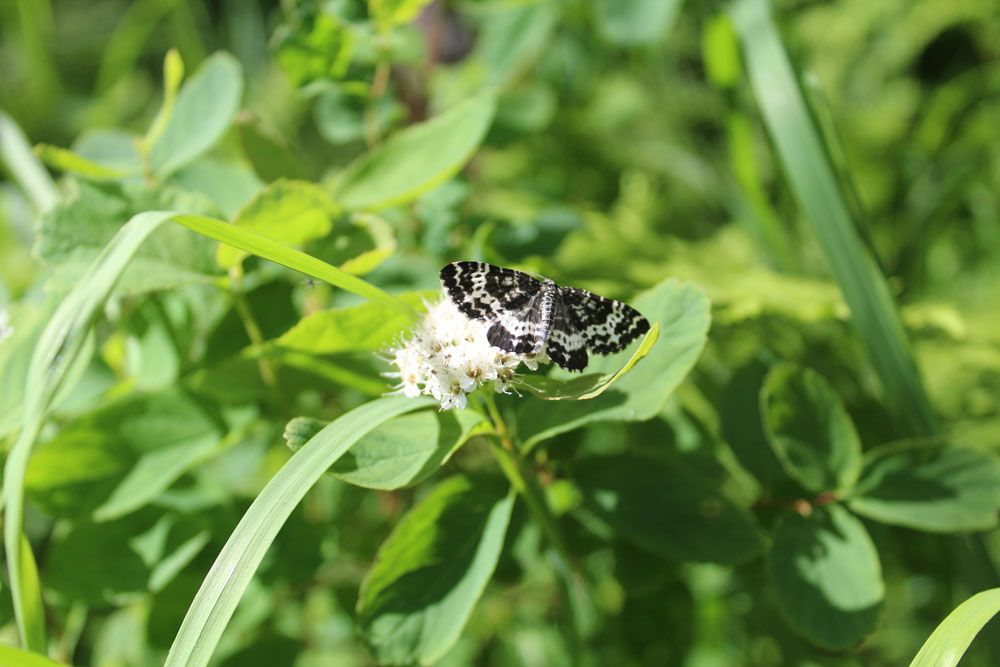
Spear-marked Black Moth – Rheumaptera hastata
Spear-marked Black Moth – Rheumaptera hasta
Common Name: Spear-marked Black Moth
Latin Name: Rheumaptera hastata
Appearance:
The Spear-marked Black Moth has distinct characteristics in both its larval and adult phases. It has a muscular body with a dark hue, commonly black or brown, with modest patterns as a caterpillar. Adult moths have wingspan ranging from 1.2 to 1.6 inches and have a distinctive pattern resembling spear-shaped marks on their wings.
Host Plant:
The Spear-marked Black Moth larvae graze on a variety of deciduous trees, including birch and willow. Their host plant selection may differ based on the geographical location.
Territory:
This moth species may be found in a variety of environments, including woods, meadows, and deciduous forest regions. The Spear-marked Black Moth’s range includes areas where its host plants are abundant.
Damages caused by Spear-marked Black Moth:
The Spear-marked Black Moth’s larvae can eat host plants and kill their leaves while they’re living. Even though they aren’t a big agricultural pest, large numbers in some areas may cause trees and plants to lose their leaves, which is bad for their health.
Life History and Habitat:
- The Spear-marked Black Moth’s life story is made up of different stages:
- Moths lay their eggs on host plants in the summer when they are adults.
- Caterpillars hatch from eggs and start eating the leaves of host plants.
- They go through several steps of molting and get bigger before they pupate.
- Fully grown caterpillars pupate in safe places, like dirt or leaf litter.
- There is a time of change during the pupal stage before the moths appear as adults.
- Adult moths emerge from pupae, typically in the late spring or early summer.
- The adult stage of the life cycle continues with mating and laying eggs.
